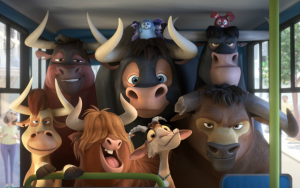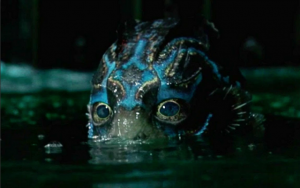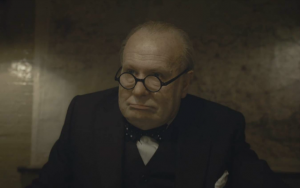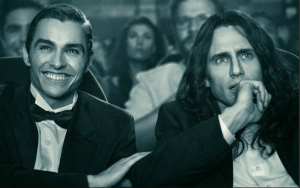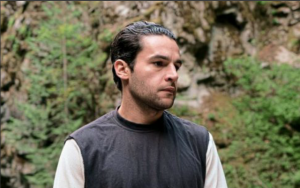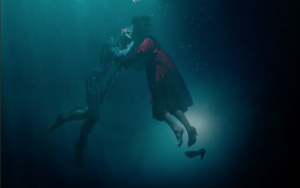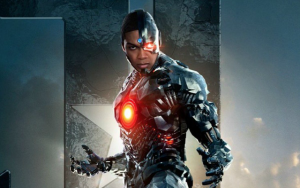Metro In Focus: Molly’s Game actor Jessica Chastain on recent roles.
 By Richard Crouse – Metro In Focus
By Richard Crouse – Metro In Focus
Director Guillermo del Toro sings the praises of Jessica Chastain, saying she brings authenticity to everything she does and is “interested in being chameleonic.”
Indeed. Earlier this year the two-time Oscar nominated actor played World War II Warsaw human rights activist Antonina Zabinski in The Zookeeper’s Wife. Soon we’ll see her as 1890s era portrait painter Catherine Weldon, as screen legend Ingrid Bergman and as a mysterious alien with shape-shifting abilities in X-Men: Dark Phoenix.
This weekend in Molly’s Game, she is Molly Bloom, an Olympic-class skier who also ran the world’s most exclusive high-stakes poker game.
She is the very definition of versatile, a performer who is hard to pin down.
“I feel like the bigger risks I take, the more I learn,” she says. “I know I learn more from my failures than successes.”
From big films like Interstellar and The Martian, to small ones like A Most Violent Year and Miss Julie she is always distinctive and always interesting.
For instance contrast her work in two recent films, Miss Sloan and Crimson Peak.
In Miss Sloane she plays Elizabeth Sloane, a sleep-deprived D.C. lobbyist “at the forefront of a business with a terrible reputation.”
She’ll represent anyone, it seems, except the gun lobby, who offer her a lucrative contract, only to be laughed at and rejected. Soon after she leaves her firm—one of the biggest in the country—to join a small, scrappy group who aim to whip up support for a bill that will demand background checks for all gun owners.
Zippy dialogue flies off the screen probably easier than it would actually fly off the tongue, giving voice to colourful characters who say mostly interesting things.
“When this town guts you like a trout and chokes you with the entrails don’t come snivelling to me,” snarls Sloane.
It’s a catchy line and Chastain spits it out with conviction and often transcends the rat-a-tat dialogue by bringing some actual humanity to a character largely made up of bon mots and a bad attitude. It’s a struggle for Chastain to grow Elizabeth Sloane as a character but in her rare quiet moments, when she isn’t mouthing Jonathan Perera’s carefully crafted words, she finds warmth and vulnerability in a person described as the “personification of an ice cube.”
In Crimson Peak she is Lucille Sharpe who, along with her brother Thomas (Tom Hiddleston), is British gentry in America to raise money to perfect and build a machine to mine the rich red clay that lies under Crimson Peak, their family estate.
The movie is love letter to both V.C. Andrews and Edgar Allen Poe. Madness and murder are front and center, coupled with Chastain’s arch performance that embodies the Hammer Horror style of wild-eye-acting. To play Lucille she worked with a dialect coach to perfect her English accent, learned to play piano and, most unsettlingly, never blinks. “Lucille not blinking is her trying to say, ‘Look at me, I’m normal. Everything is fine.’ And there’s effort in that,” she said.
As the scoundrel of the piece the versatile actress is a commanding presence, one who drips with evil.
“My God, she creates one of the truly scary villains I have seen, so dark,” says Guillermo del Toro. “Jessica took this to 11. She went full Spinal Tap here.”
